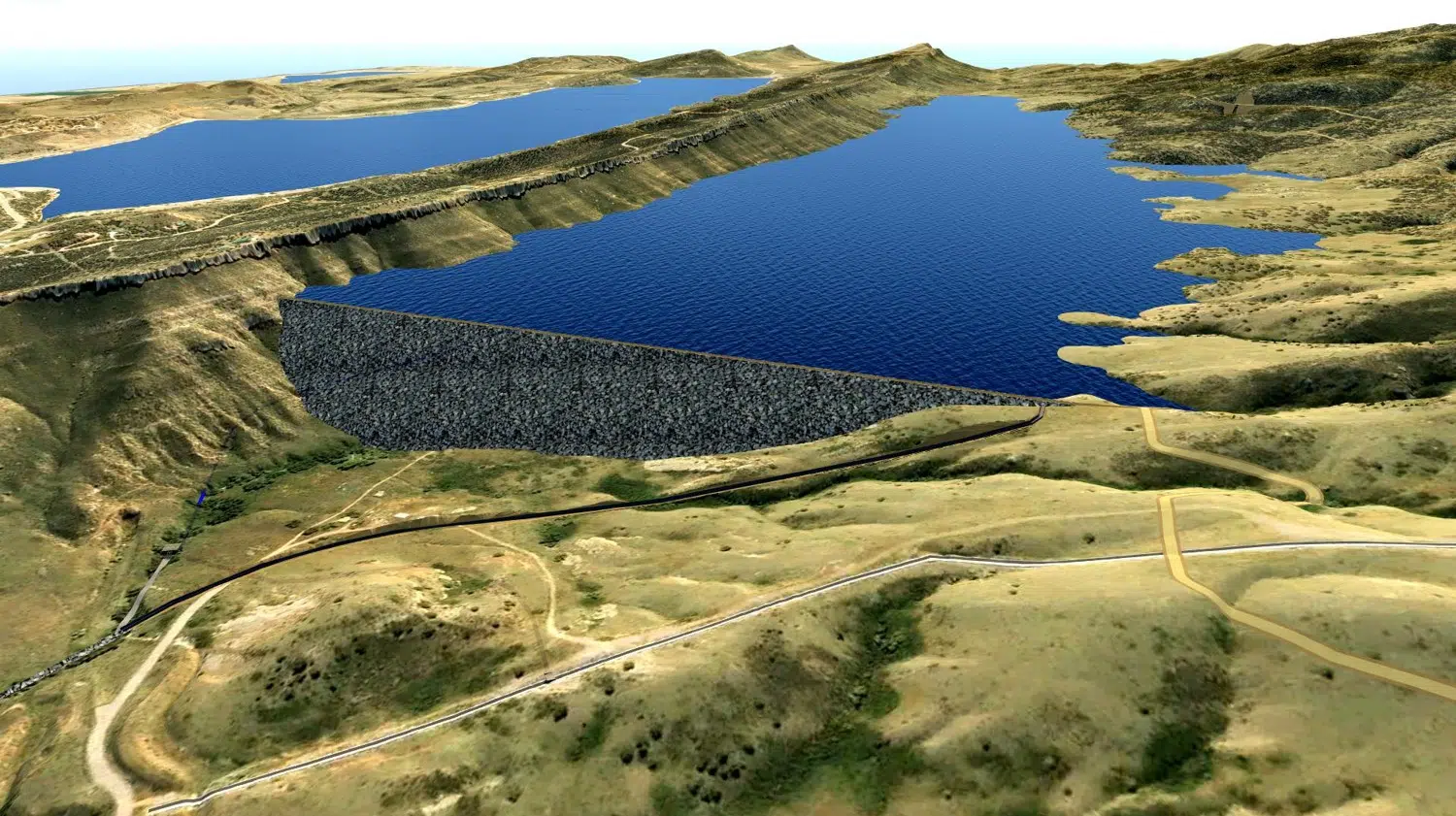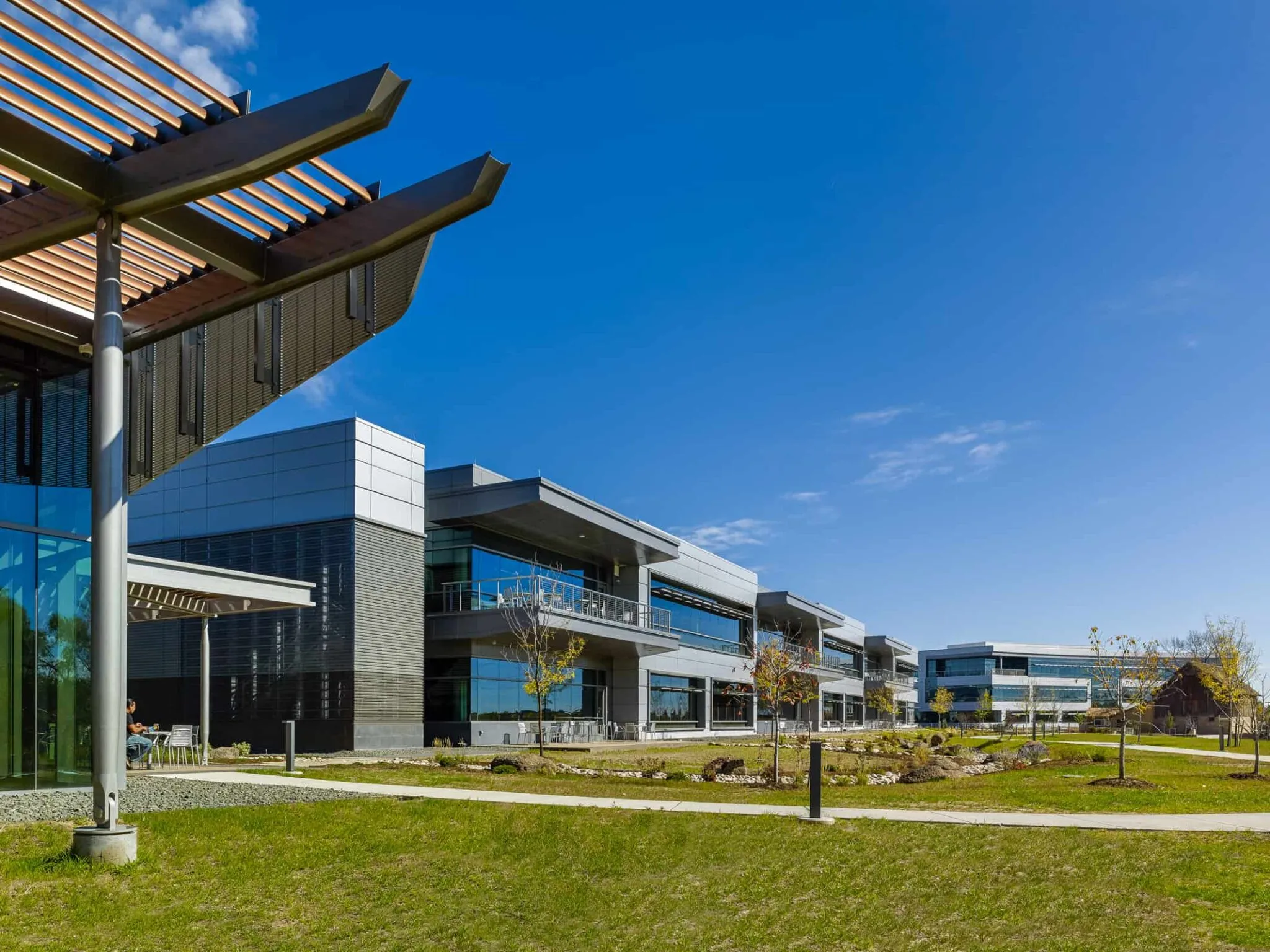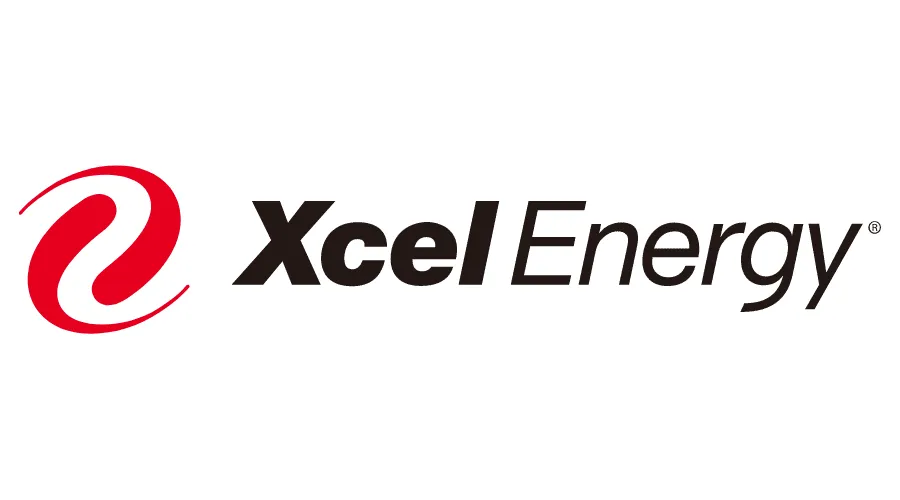Northern Water likely to set a typical quota later this week

LOVELAND — It won’t be official until Thursday, but if the board of the Northern Colorado Water Conservancy District follows its pattern of recent years, the quota for those holding shares of the Colorado-Big Thompson project will likely be 70% to start the 2023 water year.
An allocation at that level means that the owner of a share — or 1 acre-foot — of the C-BT project would be able to realize 0.7 of it. With 310,000 acre feet available in the project at 100%, a 70% allocation means that 217,000 acre feet would be available. There are 325,851 gallons in…
THIS ARTICLE IS FOR SUBSCRIBERS ONLY
Continue reading for less than $3 per week!
Get a month of award-winning local business news, trends and insights
Access award-winning content today!





